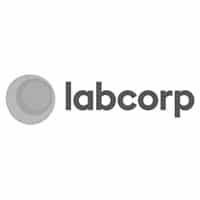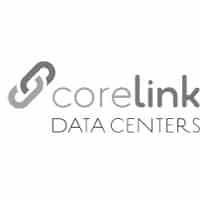Green is in, and there is little doubt that companies that can show they are striving to be energy efficient are more productive. To stay proficient, older data centers need to find ways to become more energy efficient, and newer data centers need to implement energy efficient protocols from the outset. The numbers show that proper implementation of energy management can save data centers millions of dollars each year. In order to find these energy management ideas, data centers need an energy audit. There are different types of auditing processes to determine data center energy usage. Understanding the standards, downfalls, and successes of this process is important in understanding its importance.
Types of Energy Audits
There are three different ways to carry out an energy audit, including a walkthrough audit, comprehensive audit, and investment grade audit.
A walk-through is by far the least expensive and time-consuming of the three. However, a simple walk-through audit can easily overlook opportunities for energy savings. Sample readings and measurements recorded generally include:
- Power
- Lighting levels
- Thermal comfort
Normally, an auditor walks through the facility and reviews energy data for the past one or more years to determine opportunities for energy savings. A comprehensive audit may be recommended if the auditor feels that the facility could benefit from one.
A comprehensive energy audit is considered the standard. It usually involves gathering energy data of a facility for three or more years and conducting a detailed investigation into the facility’s energy use process. Since more data is collected and examined, more energy management opportunities may be discovered than a simple walk-through would provide. Since this audit takes more time and manpower to analyze data, it is more expensive than a walk-through.
Investment grade audits are an even more exhaustive process to leave no energy-saving stone unturned. Everything involving the facility’s energy usage and footprint for the past several years is assessed to find opportunities for energy savings. Detailed energy models are created to illustrate the effect energy efficient actions could have for the facility. It is the most detailed and time consuming of the three audit processes, and therefore more expensive.
Assessing Data Center Energy Usage
The process for assessing data center energy usage starts with data collection. The amount of data collected depends on the type of audit being performed. It is common for data centers to undergo a comprehensive audit that examines three years or more of existing energy usage information. An energy efficiency model may start to form from the data collection alone. An auditor will need to visit the site to document in person energy efficient actions that may need to be taken. It is common for the auditor to assess areas such as:
- IT equipment and software
- HVAC
- Electrical power chain
- Air Management
- On-site energy generation
The product of any type of energy audit is the energy audit report, which examines what the current cost of running the data center is and compares it to the projected cost after energy efficient actions are implemented. The report includes steps to take to lower energy costs. Some energy efficient implementations cost money at first, but ultimately serve to save data centers millions over the years.
Standards for Assessing Energy Usage
Ultimately, during the energy audit process, the goal is to produce a number to evaluate the data center’s Power Usage Effectiveness (PUE). PUE is usually quantified by taking total facility energy and dividing that number by the IT equipment energy. The resulting number can be anywhere from 1.0 to infinity. A score of 1.0 means that a data center is operating at 100% energy efficiency. Typically, older data centers generate a PUE of 2.0 to 2.5 (80-85% efficiency). However, there are many data centers (some in that older category) that have managed to get their PUEs to 1.6 or better. Newer data centers that focus on optimal IT power delivery and cooling are more likely to get closer to achieving a score of 1.0.
Common Downfalls in Energy Efficiency During an Energy Audit Assessment
Although PUE assessment is considered standard across the board, it is not an infallible process. There are certain factors that can directly affect the score that a data center receives during an audit, including:
- The age of the data center
- Type of processing
- Type of cooling
- Temperature levels
- Location of CRAC units
- Ventilation
PUE can differ from the actual total energy usage levels of a data center. When a data experiences down time on IT devices, the total energy usage also goes down. However, unless there is a proportional drop in the infrastructure energy and cooling capacity, the PUE number actually goes up, worsening energy efficiency.
Success
It might sound complicated, but there are plenty of data centers that have already undergone energy audits and seen success with energy efficiency protocols. Google and eBay are the towering success stories that have seen PUE levels of 1.2 and 1.4 respectively. More recently, digital realty major DRT has released information that it has dropped its PUE level down to 1.6, saving the company $6-10 million per year at two data centers.
The energy audit process for a data center uses careful analysis of energy usage to determine where energy costs can be efficiently reduced. The ultimate goal is to find ways for a data center to drop its PUE level to as close to 1.0 as possible. Significant benefits generally await those data centers that can find ways to be more energy efficient. For those companies looking to stay in the business effectively, a comprehensive energy audit may be in order.




























